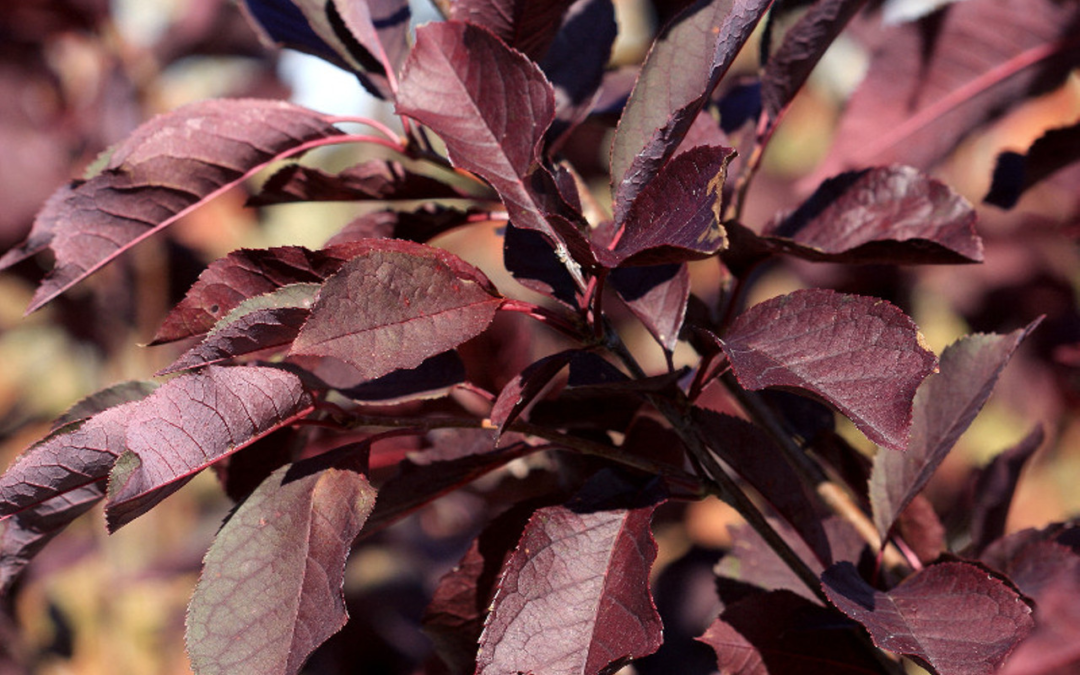Canada red trees, also known as the Acer rubrum ‘Franksred’ or the red maple tree, are a beautiful and popular species of tree native to North America. These trees are known for their vibrant red color, which they display in the fall when their leaves change color.
The Canada red tree is a deciduous tree, meaning it sheds its leaves annually. The tree is typically medium-sized, growing up to 40 feet tall and 25 feet wide. Its leaves are three-lobed and turn a brilliant red or orange-red in the fall. The bark of the tree is grayish-brown and smooth when young, becoming rough and scaly as the tree ages.
Canada red trees are known for their adaptability and can grow in a variety of soil types, including sandy, loamy, and clay soils. They prefer well-drained soil and full sun to partial shade. These trees are also tolerant of urban pollution and are commonly planted in city parks and along streets.
In addition to their ornamental value, Canada red trees are also important to the ecosystem. They provide food and habitat for a variety of wildlife, including birds and small mammals. The tree’s sap can also be harvested and used to make maple syrup.
If you are considering planting a Canada red tree in your yard, it is important to ensure that you have enough space for the tree to grow. These trees can have a large root system and can interfere with sidewalks or foundations if planted too close to buildings. It is also important to note that the tree’s fall foliage may require some extra cleanup in the yard.
In conclusion, Canada red trees are a beautiful and valuable addition to any landscape. With their striking fall foliage, adaptability, and ecological importance, these trees are a popular choice for homeowners and landscapers alike.

